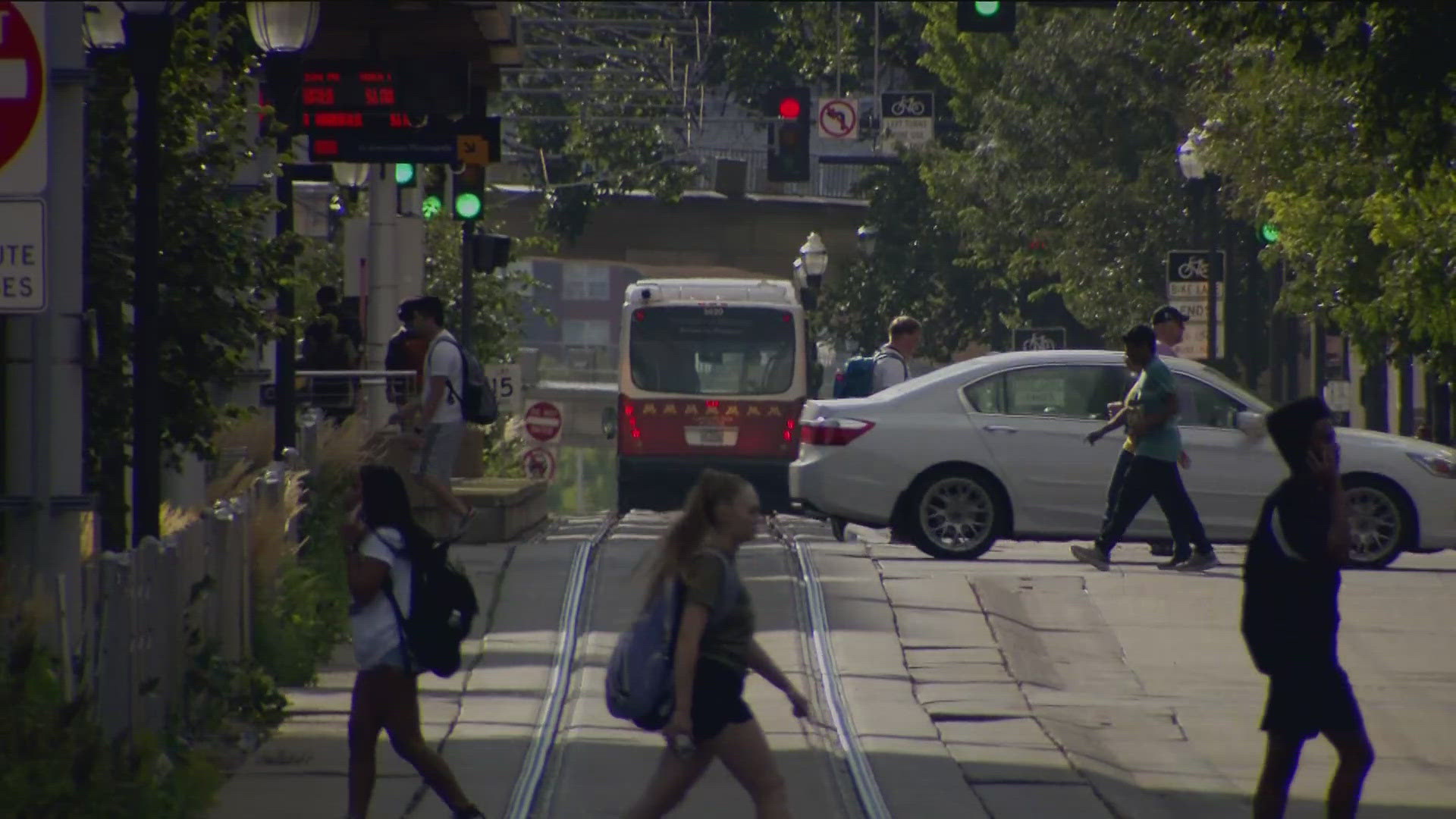MINNEAPOLIS — The University of Minnesota has no immediate plans to add more housing despite increasing enrollment.
Associate Vice President of Auxiliary Services Paige Rohman said it can meet the housing demands for first-year students who want to live on campus. He said of the 7,300 freshmen about 80% of them choose to live on campus.
“Ultimately, if we do choose to expand university-owned housing that takes a little bit of time. We have to plan for it, we have to design, build, get board of regent’s approval and then build that. We are very careful about that because university housing is considered an auxiliary service and what that means to the average person is that we have to charge room and board rates, or room rates specifically to cover the cost of operating those buildings,” he said.
He said the university is very conscious of how those decisions will impact student’s finances.
“It’s a constant balancing act. We all would like the most current and highest-end amenities, but we also know those things come with cost, so when we are able to reinvest in our buildings we invest for the long haul,” he said.
Rohman said the cost of attendance for housing and dining has increased 3% - 6% over the years, but their costs still remain relatively low.
“We have one of the lower prices in the big 10 compared to our peers,” he said.
Rohman said they try to guarantee on-campus housing for at least 10% of transfer students. Housing officials say 7,689 students are living in on-campus residence halls or apartments this academic year.
He said some students are living in non-traditional rooms because the university had about 50 more first-year students who wanted to live on campus compared to last year.
“In many cases it was maybe a study lounge that could house four people and so we converted that and provided the right kind of furnishings to make it comparable to what other students are experiencing,” he said.
Rohman said those students are paying a slightly lower room rate and will eventually move out of temporary housing as soon as space opens. He said they’ll start looking into which students didn’t move-in and will move students currently living in temporary housing.
He said something unique about on-campus housing is that students can get out of their lease after a semester, which will open more space.
Rohman said they can also master lease apartments in the area to provide additional housing. He said the university has master-leased Radius Apartments since 2017, but he said that lease will end this school year.
He said they also have housing options through the university’s foundation and real estate group.
If the university needed to add more housing, Rohman said the university identified places on campus it could add more housing.
“There are some places that the university has identified in its campus plan that call for housing in different parts overtime as certain parts of the campus redevelop but depending on when that is and how the timing of other campus development that would dictate where they might be but right now there are no immediate plans,” he said.
Rohman added second, third-, and fourth-year students are welcome to live on-campus. He said historically they haven’t turned away returning students.
University housing also works closely with students who submit their housing applications after the deadline to place them on a waitlist if they are interested or direct them to university resources to help them find alternative options.

